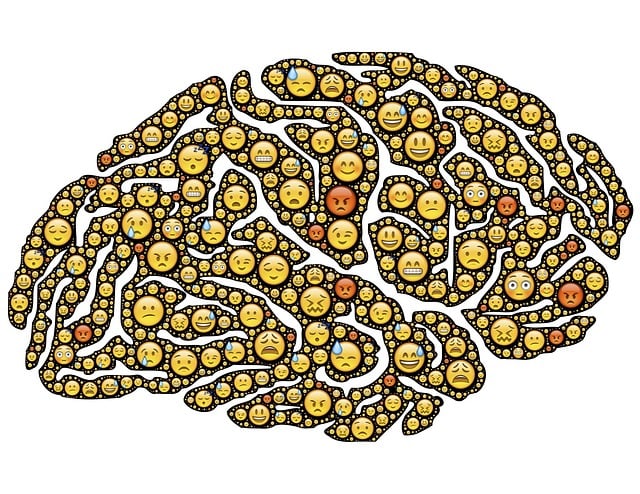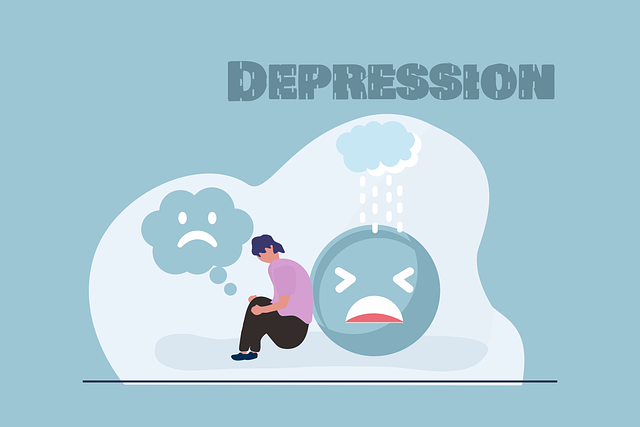Early identification of substance abuse risks in children is crucial, with parents, caregivers, and educators playing a key role through vigilant observation and proactive interventions like open communication and mental wellness journaling. Therapy for children, focusing on healthy coping mechanisms, stress management, and pain mitigation, is a game-changer for prevention. Targeted therapy, such as the Mental Wellness Podcast Series Production, addresses developing brains' susceptibility to abuse by fostering positive thinking and implementing tailored risk reduction strategies that normalize help-seeking behaviors.
In today’s world, understanding and mitigating substance abuse risks is paramount, especially among children. This article delves into comprehensive strategies for risk reduction, focusing on early identification and intervention for young individuals vulnerable to substance abuse. We explore effective therapy approaches tailored to diverse needs, emphasizing cognitive-behavioral therapy, motivational interviewing, and family support groups. Additionally, we address chronic pain management responsibly, highlighting non-pharmacological relief and supervised medication-assisted treatment for dual diagnosis cases, providing a holistic approach to better outcomes.
- Identifying Risks and Early Intervention for Children
- – Understanding child development and vulnerability to substance abuse
- – Recognizing signs and symptoms of potential abuse in younger individuals
Identifying Risks and Early Intervention for Children

Identifying risks early on is crucial for substance abuse prevention, especially when it comes to children. Parents, caregivers, and educators play a vital role in navigating this process. By staying attuned to behavioral changes, emotional volatility, or signs of distress, they can initiate timely interventions. Early detection methods include open communication, regular check-ins, and incorporating mental wellness journaling exercises into daily routines—a simple yet powerful tool for self-reflection and emotional healing processes.
Through proactive measures like these, potential risks can be addressed before escalating. Therapy for children becomes a game-changer in mitigating substance abuse by teaching healthy coping mechanisms and stress management skills. Furthermore, promoting burnout prevention strategies ensures that young individuals develop resilience against external pressures, fostering a sense of equilibrium and mental wellness.
– Understanding child development and vulnerability to substance abuse

Children’s developing brains make them particularly vulnerable to the effects of substance abuse. Understanding child development is crucial when it comes to identifying risk factors and implementing effective risk reduction strategies. Young minds are still forming, making them susceptible to long-term damage from drug exposure. This vulnerability can be attributed to their brain structures—the prefrontal cortex, responsible for decision-making and impulse control, is one of the last regions to mature, leaving children more prone to impulsive behaviors and less able to understand the consequences of their actions.
Early intervention through therapy for children, especially those struggling with pain management issues, can be a powerful tool in preventing substance abuse. Targeting mental wellness through the Mental Wellness Podcast Series Production or similar initiatives can foster positive thinking and build resilience. Additionally, risk management planning tailored to mental health professionals ensures that they are equipped to recognize signs of vulnerability in their young clients and provide appropriate support.
– Recognizing signs and symptoms of potential abuse in younger individuals

Recognizing signs of potential substance abuse in younger individuals is crucial. Parents and caregivers should be vigilant for changes in behavior, such as sudden drops in academic performance or increased irritability. Additional indicators may include a growing interest in staying alone, avoidance of social activities, and unusual secrecy regarding their activities and possessions. Early intervention can be life-saving; seeking therapy for children who exhibit these signs is essential to address underlying issues before they escalate.
Effective risk reduction strategies often involve integrating self-care routine development for better mental health into a holistic approach. Encouraging open dialogue about the challenges faced by young individuals, along with participation in stress management workshops or organization of mental wellness podcast series production, can foster an environment where seeking help is normalized. By combining these efforts with pain management techniques tailored to their needs, younger people are better equipped to navigate life’s stressors and maintain resilience against substance abuse.
In addressing substance abuse, early intervention and risk reduction strategies are paramount, especially for children. By understanding child development and recognizing subtle signs, we can implement effective measures such as therapy for children and improved pain management practices to mitigate potential risks. These proactive steps hold the key to breaking down the cycle of addiction and fostering healthier, more resilient young minds.











